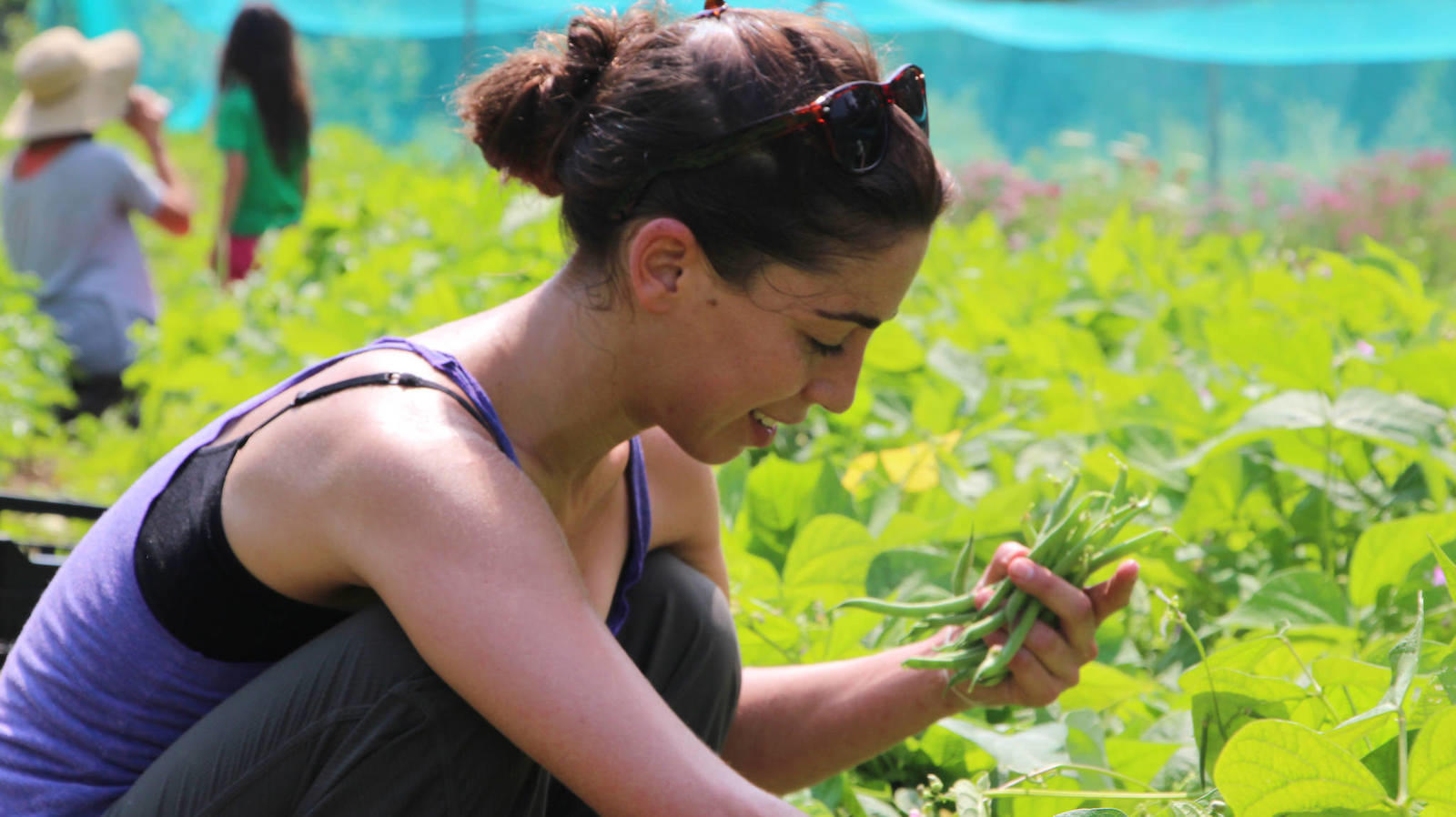The Hebrew Bible mandates a complicated system of tithes, known as terumah and ma’aser, that are set aside for the priests, the Levites and the poor. The primary biblical passages that deal with these requirements are Leviticus 27: 31–33, Numbers 18:21–32 and Deuteronomy 14:22–7 and 26:12, but the requirements were much expanded and explained in the Talmud.
From a given crop, first terumah was separated and given to the priests. After that, one tenth of what remained was taken as the ma’aser rishon, first tithe, for the Levites. The Levites subsequently turned over a portion of their gift to the priests — this portion of the ma’aser given to the priests was called terumat ma’aser.
After the first tithe was taken, second and third tithes were also designated. The second tithe (ma’aser sheni) was separated in the first, second, fourth and fifth years of each seven-year sabbatical cycle. It was taken to Jerusalem and eaten there by the person who originally owned the crop. The third tithe was taken in the third and sixth years of the sabbatical cycle and given to the poor. (In the seventh year, the land was not farmed and allowed to lay fallow, so no tithes were separated.)
A crop from which terumah and ma’aser had not yet been separated was called tevel and could not be eaten until the tithes were designated.
With your help, My Jewish Learning can provide endless opportunities for learning, connection and discovery.
Terumah
The word terumah, usually translated as “heave offering,” literally means “lifting up.” In Jewish tradition, terumah came to mean a portion of various foodstuffs given to the priests (kohanim). It was always the first portion separated from the original food (taken before other tithes) and it was reserved exclusively for the priests, who had to eat it in a state of purity.
There are many kinds of terumah. The general terumah offering, also called terumah gedolah (“the great terumah”) includes a portion of grain, wine and oil. The portion of challah separated from dough is also a kind of terumah, as are portions of first fruits, other kinds of gift and slaughtered offerings, and also the pidyon haben, the redemption of the firstborn. Terumah was supposed to come from refined or completed products. That means it was separated from wine, not grapes — oil, not olives.
The percentage of a crop that is designated as terumah is left to the discretion of the farmer. In the Mishnah, the rabbis develop some guidelines: “The proper amount of terumah: If a person is liberal it is one-fortieth — Bet Shammai say one-thirtieth — and for the average person it is one-fiftieth, and for the stingy, one-sixtieth.” (Mishnah Terumot 4:3)
Three Kinds of Ma’aser
After terumah was taken, one tenth of every crop was designated as the ma’aser rishon, or first tithe. This was a gift to the Levites. (It could be given to any Levite.) The Levites were expected to designate a portion of this gift as terumah for the priests. Though a crop could not be eaten before the ma’aser rishon was separated, the separated produce itself was not sacred and could technically be eaten by anyone, Levite or regular Israelite.
After the first tithe was taken, another tenth was separated and this was either the second tithe or third tithe, depending on the year of the sabbatical cycle. In years one, two, four and five the second tithe was separated and brought to Jerusalem where it was consumed by the original owner. If it was too difficult to move that much produce to Jerusalem, the farmer was allowed to sell the produce and then use the funds to repurchase food (any food at all) in Jerusalem and eat that. In years three and six, the farmer separated the third tithe (also known as the poor tithe) and donated it to the poor.
Additional Rules
According to the rabbis, the laws of tithing only apply to the land of Israel. Farmers outside the land have no obligation to give tithes, although it seems that some Jewish in Diaspora did.
It is also clear from rabbinic literature that not all Jews did (or were capable of) separating out tithes.
After the destruction of the Temple, people were no longer to bring the second tithe to Jerusalem to eat it. In addition, since the destruction of the Temple, all Jews are considered impure with corpse impurity (because there is no possibility of performing the rite of the red heifer to reverse corpse impurity) and therefore terumah (which must be eaten by priests in a state of purity) is no longer separated.
Today, some Jews donate a tenth of their annual income to charity in fulfilment of the third tithe for the poor.



